A Beginners Guide to Fabric Types
If you're new to the world of textiles and eager to learn about different fabrics, you've come to the right place! In the textile industry, the term 'cloth' refers to all the stuff that's used to make clothes. Starting with tiny raw fibers; these go through a process of getting twisted together to become threads. And then, these threads are either woven or knit to make a practical material. This material can be cut, stitched, and turned into all sorts of garments.
GSM is an abbreviation of “Grams per Square Metre” and is the metric in which fabric is weighed. GSM is related to thickness, and generally speaking the heavier the weight, the thicker the fabric will be.
Knitted Fabrics
Knitted fabrics are a type of textile material created by interlocking loops of yarn using needles or machines. Knitted fabrics possess unique characteristics that make them flexible, stretchable, and comfortable.
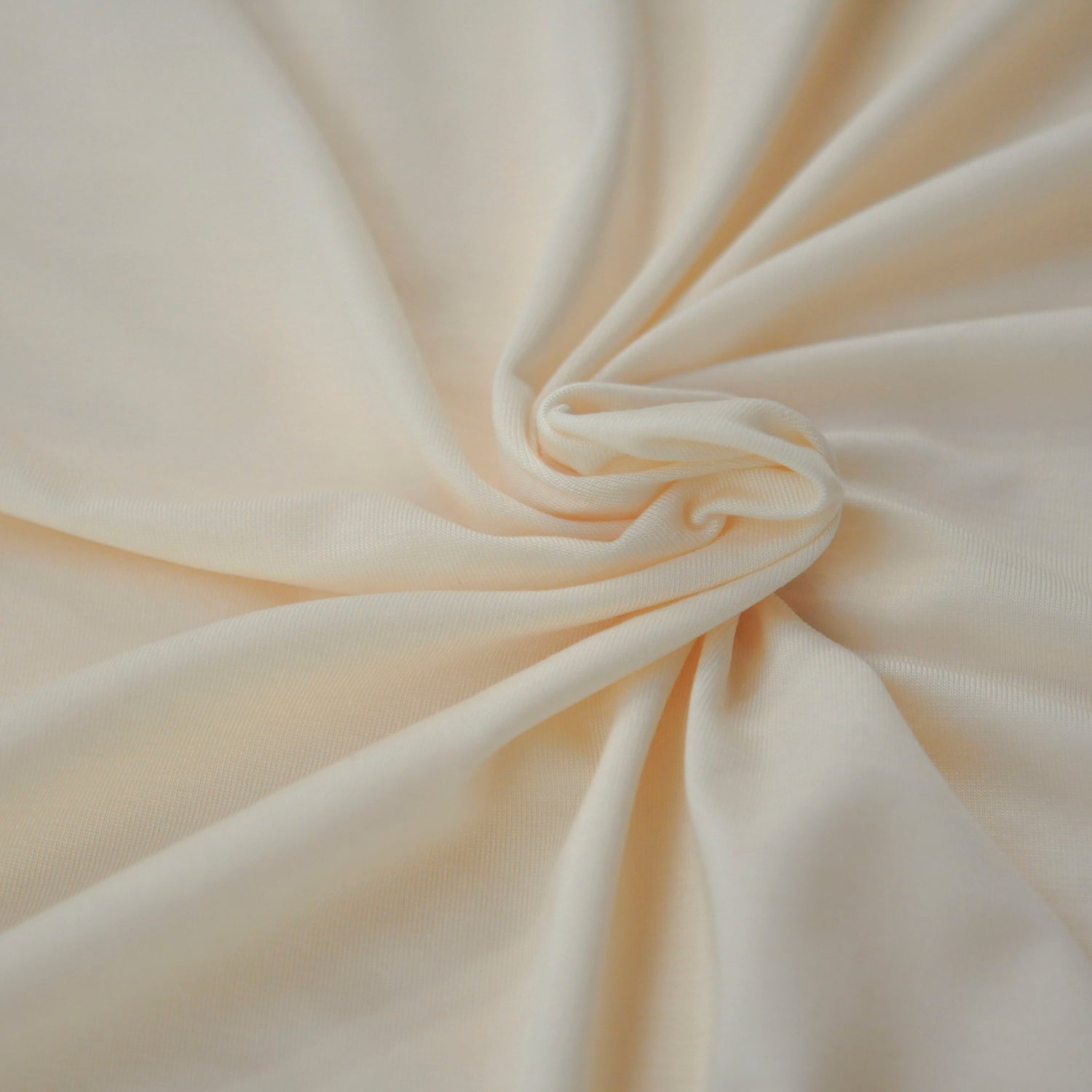
Single Jersey
Single Jersey is a lightweight and stretchy knitted fabric characterized by its smooth face and V-shaped stitches on one side. Its construction involves a single set of needles knitting in one direction, creating a versatile fabric suitable for a variety of applications, including t-shirts, dresses, and activewear. ue to its versatility and comfort, Single Jersey fabric is popularly used in a wide range of apparel items, including t-shirts, dresses, skirts, leggings, and activewear. It is particularly favored for casual and everyday wear due to its lightweight nature and breathability, making it suitable for various weather conditions.
In recent years, there has been a growing trend towards sustainable and eco-friendly fashion, and Single Jersey fabric aligns well with this trend. It can be made from organic cotton or recycled materials, offering consumers an environmentally conscious option without compromising on style or quality. As a result, the demand for clothing made from Single Jersey fabric continues to increase, driving innovation in sustainable textile production methods.
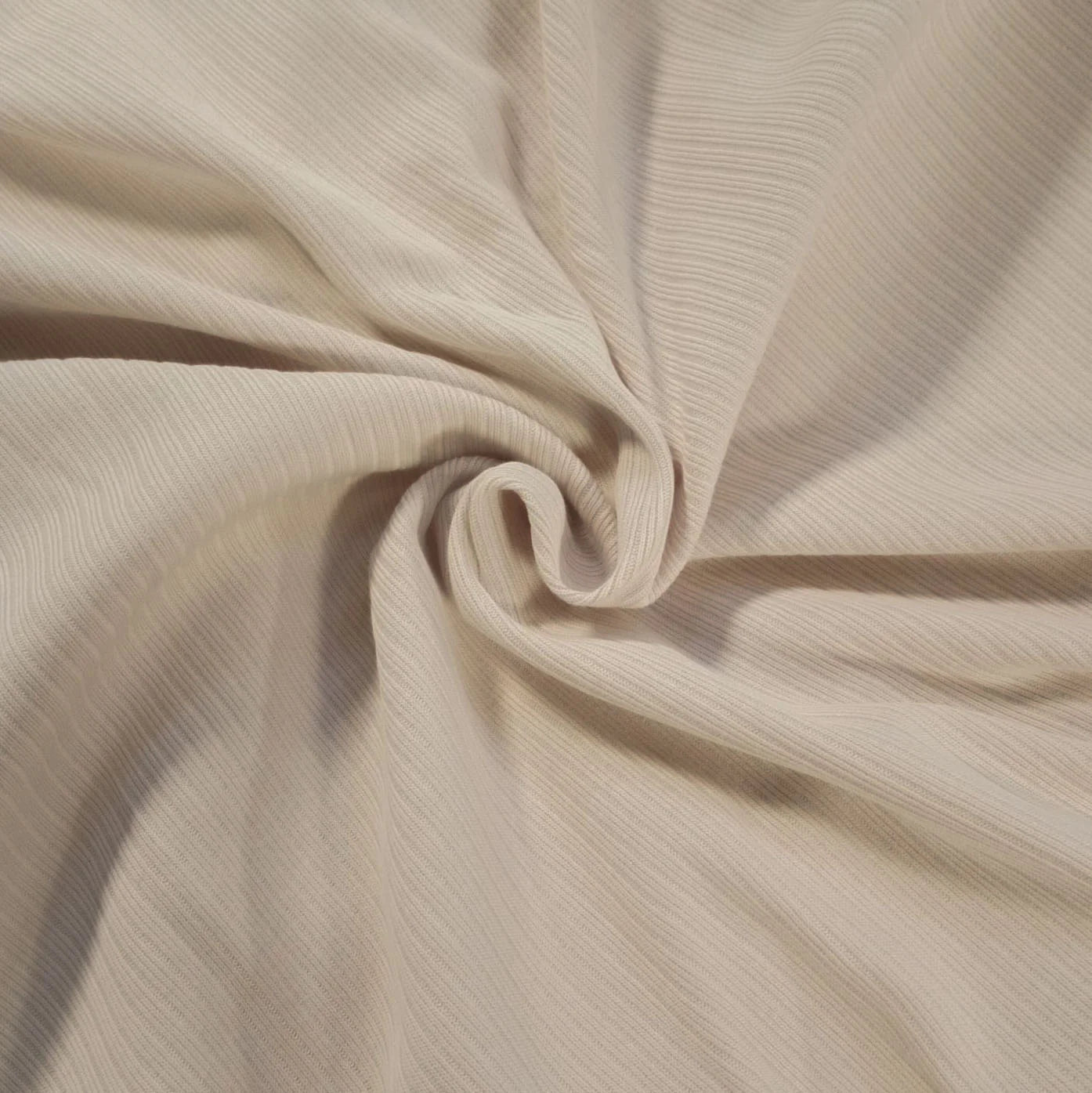
Rib Knit
Rib fabric is characterized by raised vertical lines on both sides, creating a textured pattern. It is a stretchy knit commonly used for cuffs, collars, and hems in garments. Rib fabric provides flexibility and shape retention. These fabrics are frequently used for cuffs, collars, and hems in garments due to their flexibility and shape retention properties. The ribbed texture adds visual interest to clothing items and can enhance the overall design aesthetic. Additionally, rib knit fabrics are often chosen for activewear and loungewear due to their comfortable and breathable nature. Rib knit fabrics are versatile materials known for their stretchiness, textured appearance, and suitability for various clothing applications, from casual wear to activewear.
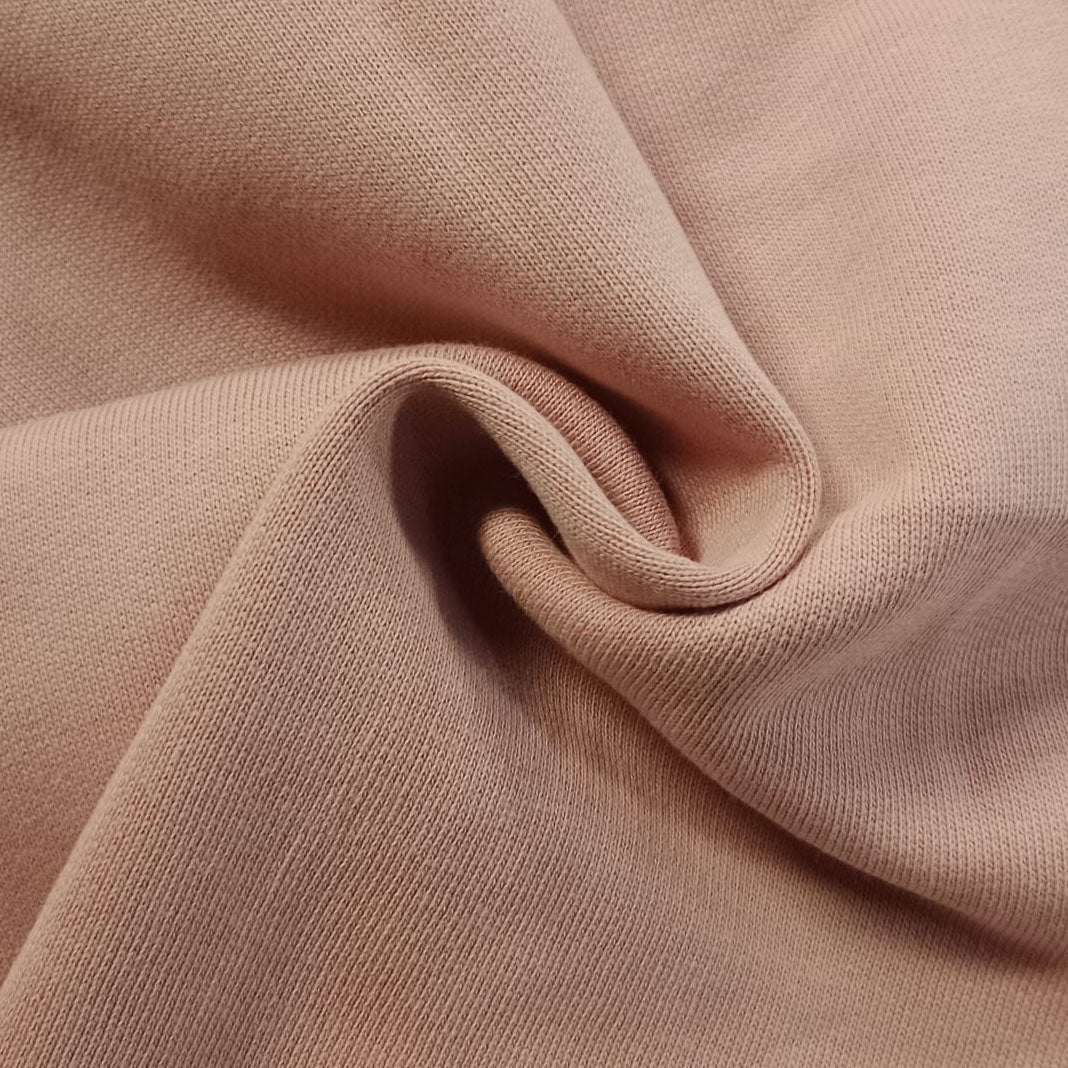
Fleece
Fleece is a soft, napped fabric with a plush texture known for its warmth and insulation properties. Typically made from synthetic materials or a blend of natural and synthetic fibers, fleece is commonly used in jackets, hoodies, and blankets for its comfortable and cozy feel. One of the most common applications of fleece is in outerwear, particularly jackets and hoodies. Its insulating properties make it an ideal choice for layering during colder months, providing essential warmth without sacrificing mobility or comfort. Fleece jackets are often favored for outdoor activities such as hiking, camping, and skiing due to their lightweight construction and ability to trap heat effectively.
Fleece qualities mostly known made from synthetic raw materials but as Manifutura's commitment to respect the environment, 100% organic cotton fleece qualities are available in our shop.
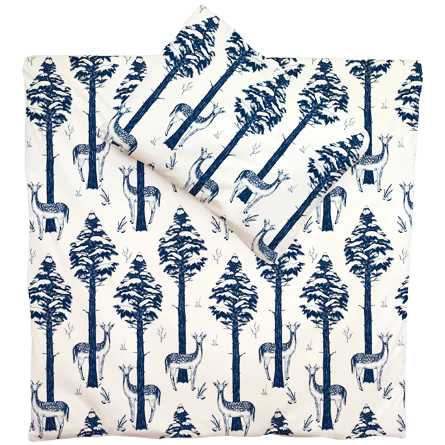
Interlock
Interlock is a double-knit fabric with a smooth surface on both sides. It is thicker and more stable than Single Jersey, offering enhanced durability and wrinkle resistance. Interlock is commonly used for activewear, baby clothes, and other applications requiring a soft yet sturdy fabric. One of the key advantages of Interlock fabric is its superior softness and comfort. Despite its thickness, Interlock remains lightweight and breathable, providing a luxurious feel against the skin. This makes it a popular choice for baby clothes, underwear, and other garments that require a soft and gentle touch.
Additionally, Interlock fabric offers excellent moisture-wicking properties, making it ideal for activewear and sportswear. It efficiently wicks sweat away from the body, keeping the wearer cool, dry, and comfortable during physical activities.
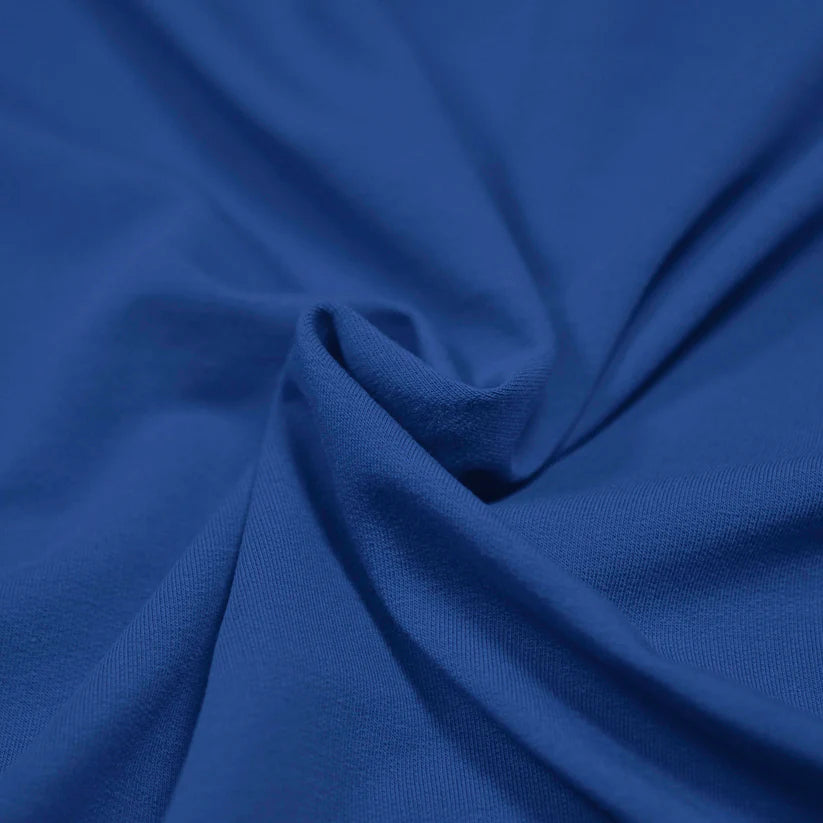
French Terry
French Terry is a loop-back knitted fabric known for its unique texture, with loops on one side and a smooth surface on the other. This fabric offers breathability and moisture-wicking properties, making it a popular choice for athleisure wear, sweatshirts, and casual apparel. Additionally, French Terry fabric efficiently wicks moisture away from the body, helping to keep the skin dry during physical activities or in warm weather conditions.
This moisture-wicking feature helps to regulate body temperature and prevent discomfort caused by sweat buildup, making French Terry a popular choice for sweatshirts, hoodies, and other casual apparel. French Terry fabric combines style, comfort, and functionality, making it a versatile choice for a wide range of apparel applications
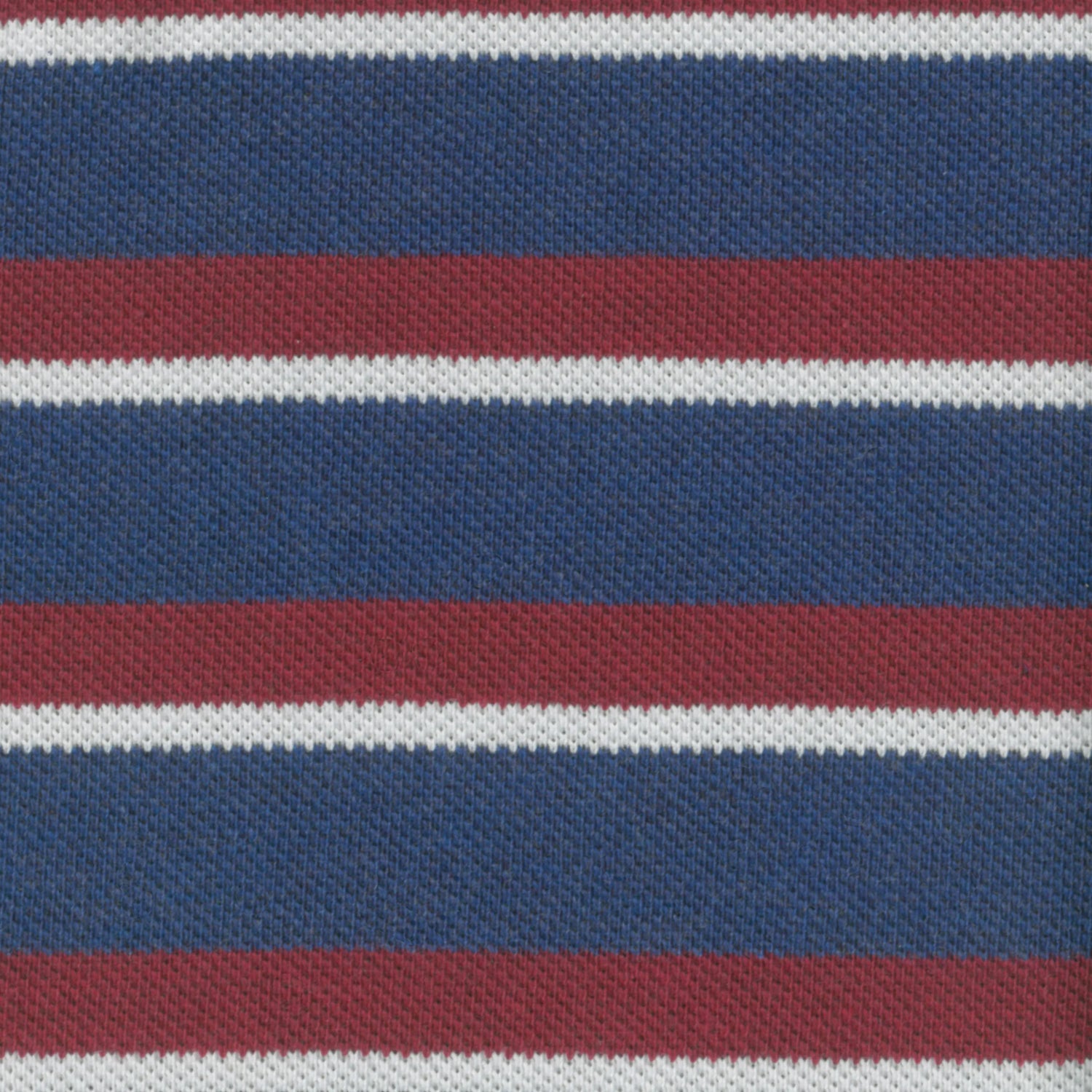
Pique
Pique, also referred to as marcella, is a unique woven fabric distinguished by its raised, waffle-like pattern. This distinctive texture adds depth and visual interest to the fabric, making it a popular choice for a variety of garments, particularly polo shirts and sportswear.
One of the key characteristics of pique fabric is its breathability and moisture-wicking properties. The raised pattern creates small air pockets within the fabric, allowing for enhanced airflow and ventilation. This helps to keep the wearer cool and comfortable, making pique fabric ideal for activities that may induce perspiration, such as sports and outdoor recreation.
Additionally, the moisture-wicking nature of pique fabric helps to draw sweat away from the skin, promoting evaporation and maintaining a dry and comfortable feel. This makes pique fabric an excellent choice for active individuals who require garments that can keep up with their movements while providing comfort and performance.
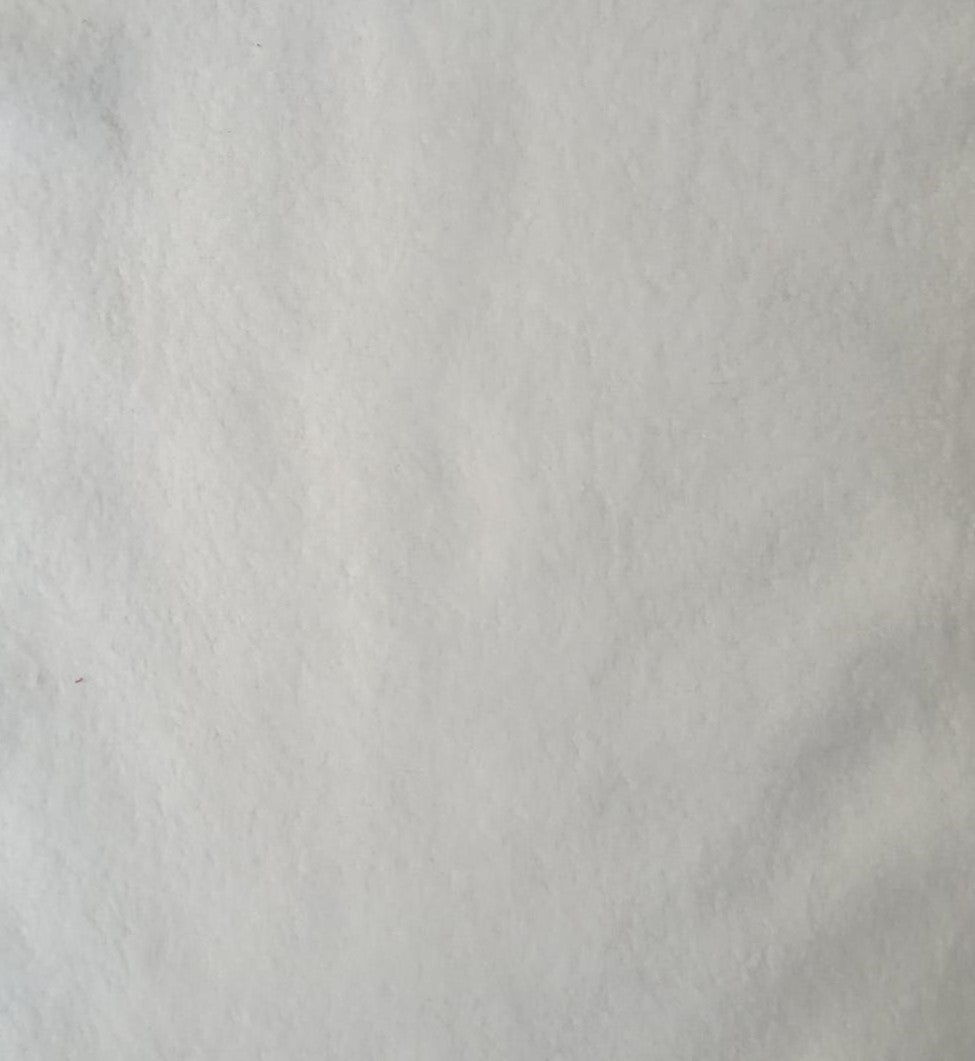
Schluff
Schluff, also known as slub jersey, is a type of knit fabric distinguished by its irregular thickness, resulting in a textured and uneven surface. This unique characteristic gives Schluff fabric a distinct appearance, adding visual interest and depth to garments.
One of the key features of Schluff fabric is its casual and relaxed aesthetic. The irregular slubs or thickened areas in the fabric create a rustic and organic look, perfect for achieving a laid-back and effortlessly stylish vibe. This makes Schluff fabric a popular choice for casual wear, including t-shirts, casual tops, and lightweight sweaters.
Additionally, the textured surface of Schluff fabric adds dimension to garments, enhancing their visual appeal and providing a tactile element to the wearer. This creates a sense of depth and richness in the fabric, making it stand out from traditional smooth knit fabrics.
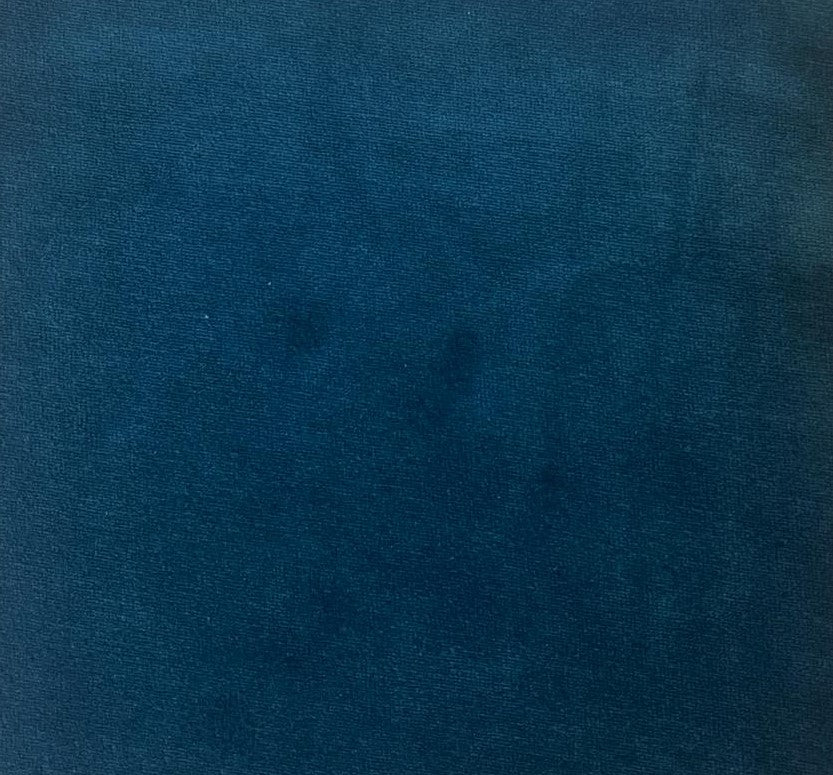
Velour
Velour is a sumptuous and opulent knit fabric renowned for its plush texture, characterized by a short and dense pile on one side, resulting in a velvety softness. This luxurious fabric exudes a sense of elegance and sophistication, making it a popular choice for a variety of applications, including loungewear, eveningwear, and upholstery.
One of the defining features of velour fabric is its incredibly soft and smooth surface, which feels luxurious against the skin. The dense pile creates a velvety texture that is both tactile and visually appealing, adding a touch of refinement to any garment or upholstery piece.
Woven Fabrics
Woven fabrics are created by interlacing two sets of yarn at right angles, forming a stable structure. This category includes a wide range of fabrics with different textures, weights, and uses, such as cotton, linen, and more.
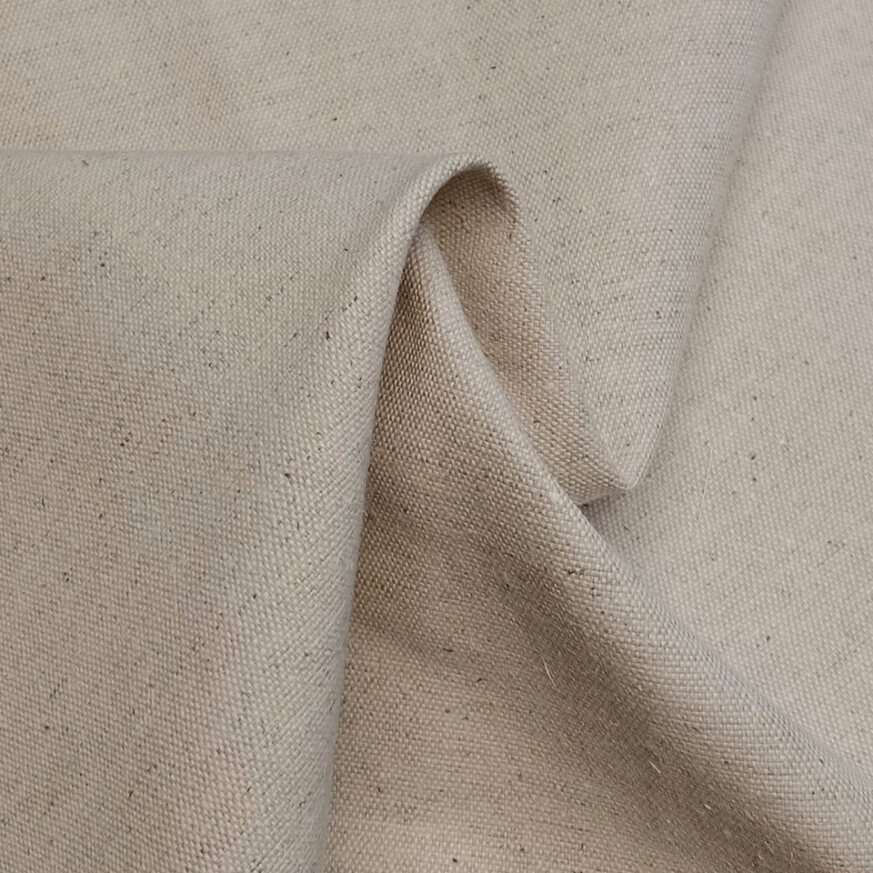
Canvas
Canvas fabric is characterized by its strong plain weave construction, making it a heavy-duty and durable material. This robustness and resistance to wear and tear are what make canvas fabric highly sought after for a wide range of applications.
One of the key attributes of canvas fabric is its sturdiness, which makes it particularly suitable for items that require strength and durability. The tightly woven fibers of canvas result in a fabric that can withstand heavy use and rough handling, making it ideal for rugged outdoor gear and workwear.
Canvas fabric's versatility is another reason for its popularity. It can be used in a variety of applications, including bags, tents, backpacks, tarps, and upholstery. Its ability to hold up well under pressure and endure harsh conditions makes it a preferred choice for practical and long-lasting items.
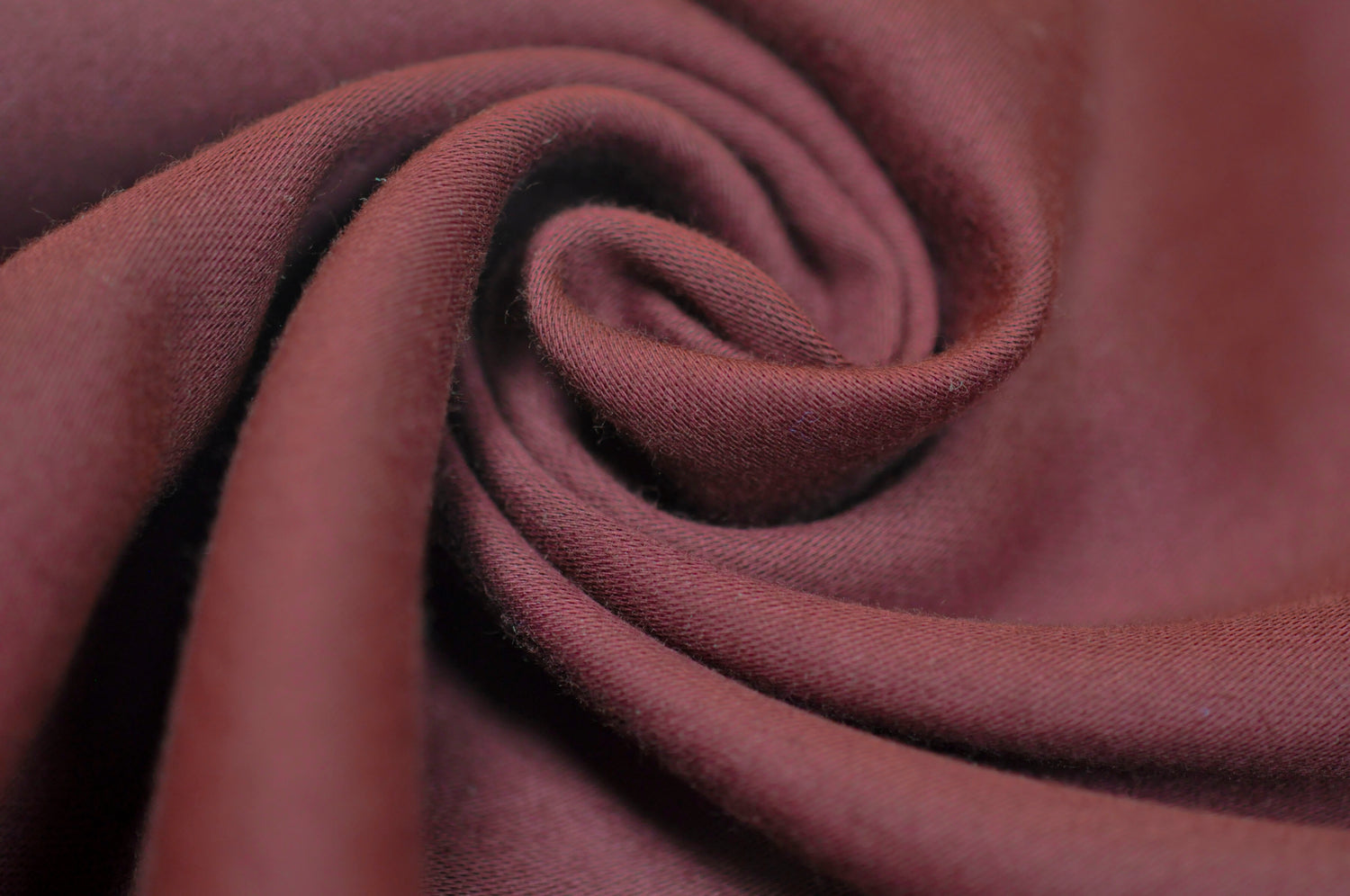
Sateen
Sateen fabric is renowned for its exquisite smoothness and glossy sheen, achieved through the intricate sateen weave pattern. This unique construction gives sateen its luxurious look and feel, making it a popular choice for a variety of upscale applications.
One of the most notable features of sateen fabric is its sumptuous texture, which feels incredibly soft and smooth against the skin. This luxurious feel, combined with its elegant drape, makes sateen a favored material for eveningwear, lingerie, and high-end bedding.
The glossy surface of sateen fabric adds to its allure, creating a luminous appearance that catches and reflects light beautifully.
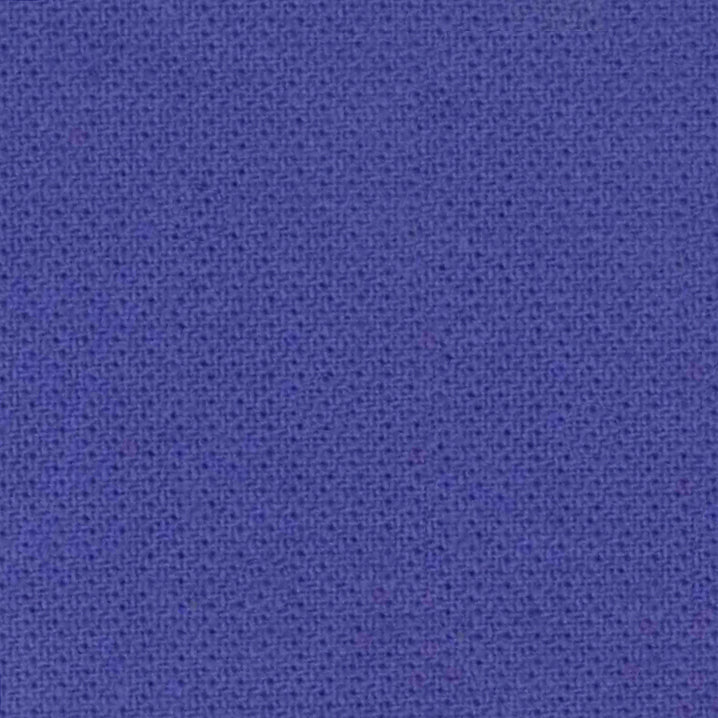
Twill
Twill fabric is distinguished by its distinctive diagonal weave pattern, which is created by the weft thread passing over a certain number of warp threads in a consistent manner. This weaving technique results in a pronounced diagonal ribbing or "twill line" on the surface of the fabric, giving it a textured appearance and added durability.
One of the most notable characteristics of twill fabric is its strength and resilience. The diagonal weave pattern not only adds visual interest but also contributes to the fabric's durability, making it resistant to wear and tear. This makes twill fabric a preferred choice for a wide range of applications where durability is essential.
Although often associated with denim due to its use in jeans and other denim garments, twill fabrics come in a variety of weights, compositions, and finishes, offering versatility for different purposes. Beyond denim, twill fabrics are commonly used in apparel, upholstery, and accessories, as well as in industrial settings for workwear and heavy-duty applications
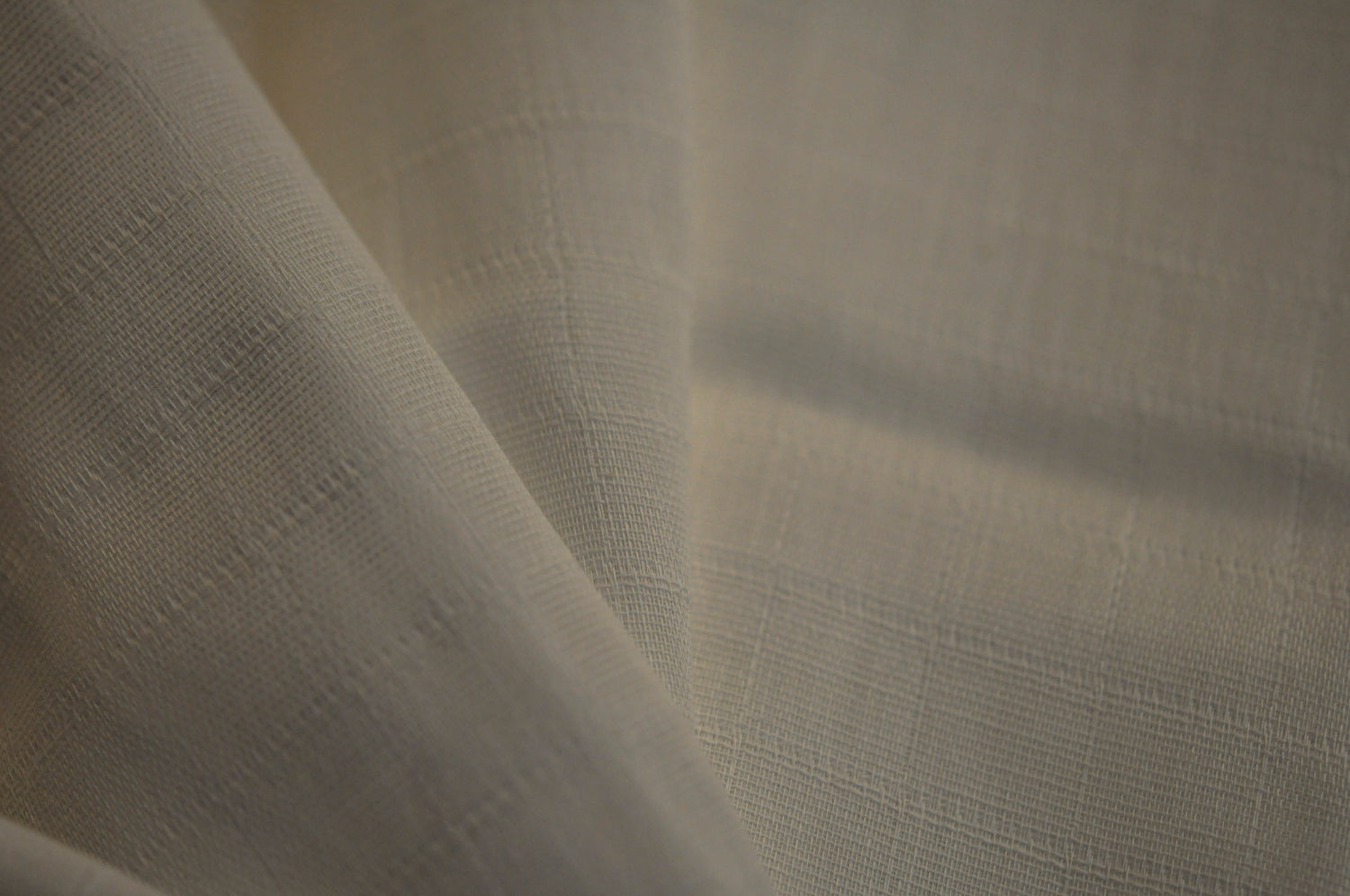
Muslin
Muslin is a finely woven cotton fabric characterized by its simple plain weave construction, which results in a lightweight and breathable material. This fabric is highly regarded for its versatility and practicality, making it a cherished choice for various applications in the textile industry.
One of the key attributes of muslin fabric is its soft texture and comfortable feel against the skin. The fine weave creates a smooth and gentle surface, providing a cozy and breathable experience for the wearer. This makes muslin fabric an ideal choice for crafting comfortable garments, casual wear, and everyday essentials.
Furthermore, muslin fabric is prized for its durability and ease of care. Despite its delicate appearance, muslin is a resilient material that can withstand regular washing and use, making it a practical choice for everyday items that require frequent laundering.
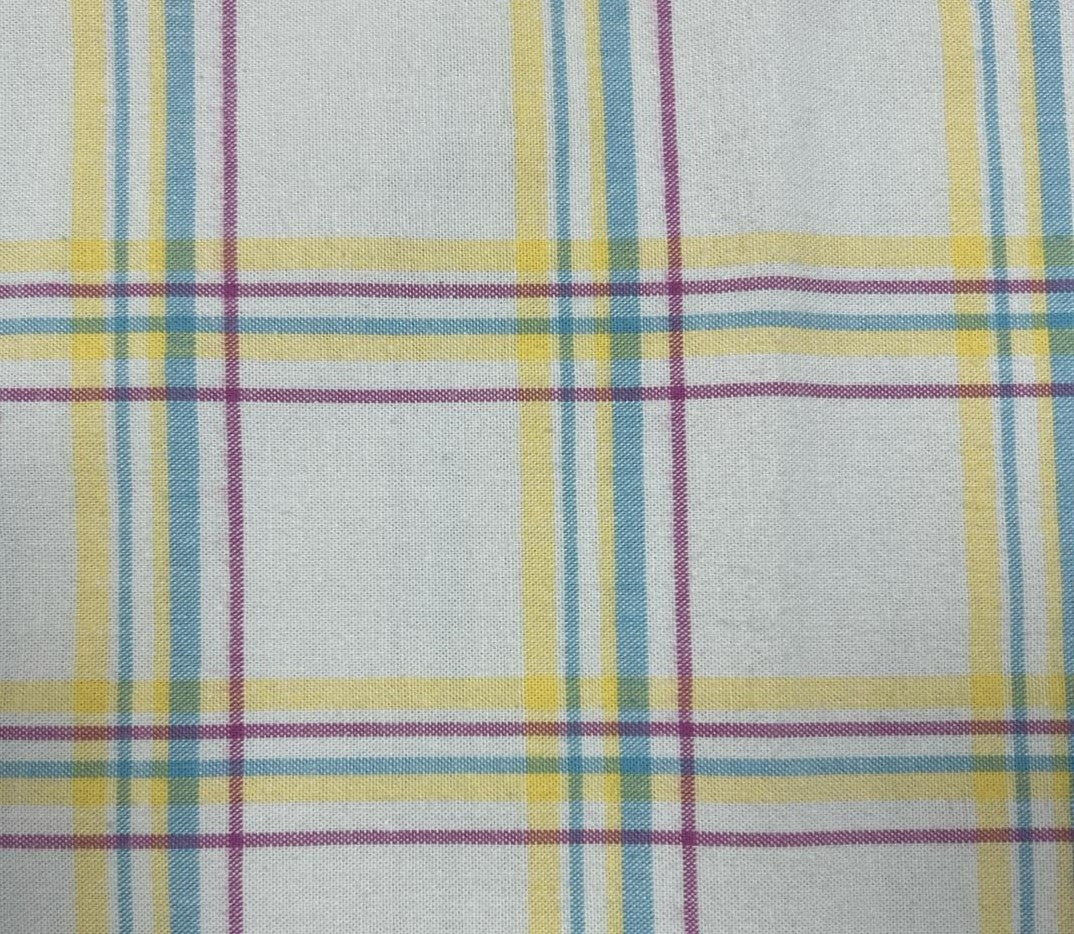
Flannel
Flannel fabric is renowned for its plush and cozy feel, characterized by its soft, brushed surface. This distinctive texture is achieved through either a plain or twill weave, with the fabric then subjected to a brushing process that raises the fibers and creates a warm and inviting surface.
One of the most notable features of flannel fabric is its exceptional warmth and comfort. The brushing process not only softens the fabric but also creates air pockets that trap heat, providing insulation against the cold. This makes flannel fabric a popular choice for winter clothing items such as shirts, pajamas, and loungewear, where its cozy properties help to keep the wearer warm and snug.
In addition to its warmth, flannel fabric is prized for its durability and versatility. Despite its soft and delicate appearance, flannel is a robust material that can withstand regular wear and washing, making it suitable for everyday use. Its versatility extends beyond clothing to various other applications, including bedding, blankets, and upholstery, where its plush texture adds comfort and charm to any setting.
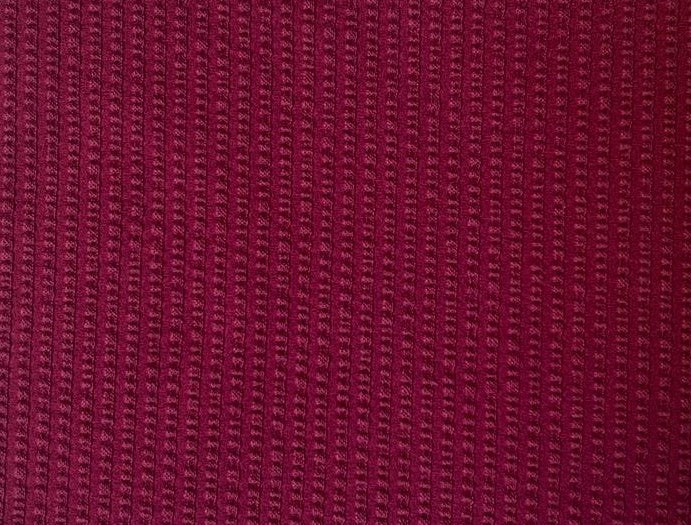
Jacquard
Jacquard fabric is renowned for its intricate and elaborate patterns, which are achieved through the use of a Jacquard loom. Unlike traditional weaving methods, the Jacquard loom allows for individual control of each warp thread, enabling the creation of complex designs and motifs with precision and detail.
One of the most distinctive features of Jacquard fabric is its versatility in design. The ability to manipulate each warp thread independently opens up a vast array of design possibilities, ranging from intricate floral motifs to geometric patterns and beyond. This flexibility makes Jacquard fabrics highly sought after for elegant and decorative textiles, where the richness and complexity of the designs add a touch of sophistication and luxury.
Jacquard fabric is commonly used in a variety of applications, including upholstery, curtains, draperies, and fine linens. In upholstery, Jacquard weaves can elevate the look of furniture with their ornate patterns and textures, adding visual interest and elegance to any room. Similarly, Jacquard curtains and draperies can enhance the ambiance of a space, creating a sense of luxury and refinement.
Looking For Specific Qualities?
If you're seeking a fabric with distinctive qualities or unique characteristics, don't hesitate to reach out to our team of fabric experts. We're dedicated to helping you find the perfect fabric solution to meet your needs and exceed your expectations.
Additionally, if you're interested in making a positive impact on the environment and taking steps towards sustainability in the textile industry, consider exploring our sustainability consultancy services. We can provide guidance and support in choosing environmentally friendly and biodegradable raw materials, as well as implementing sustainable practices throughout your supply chain.
